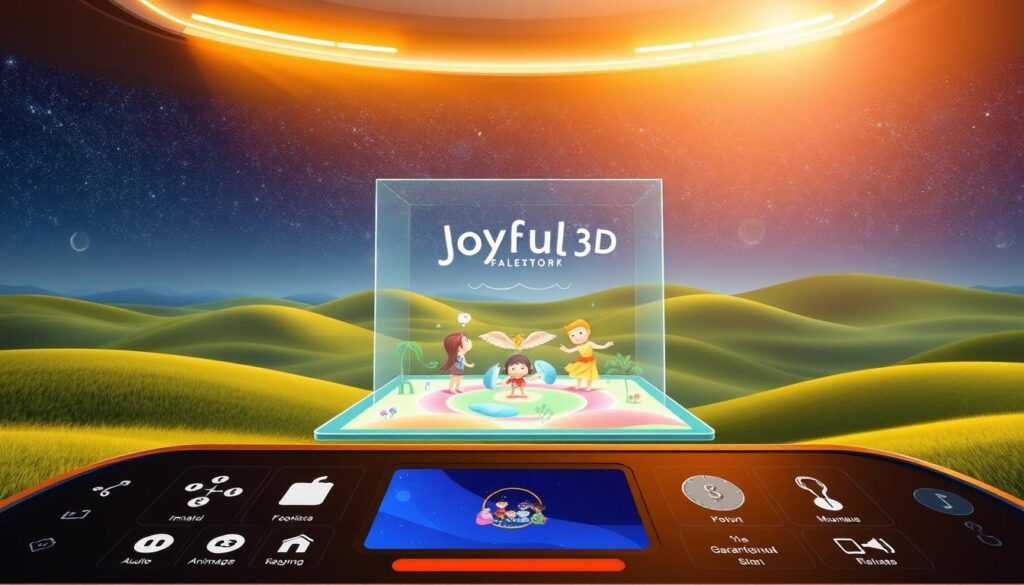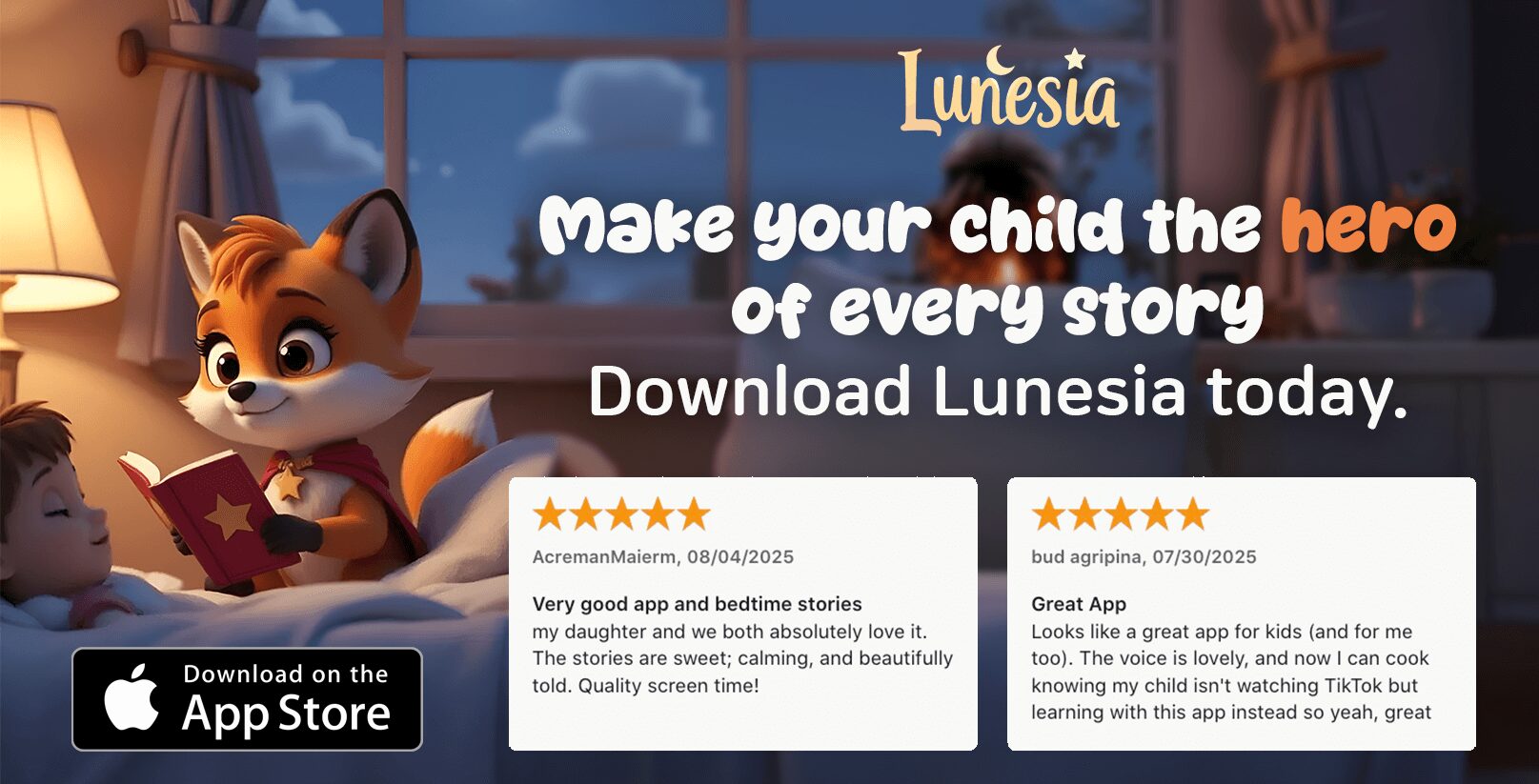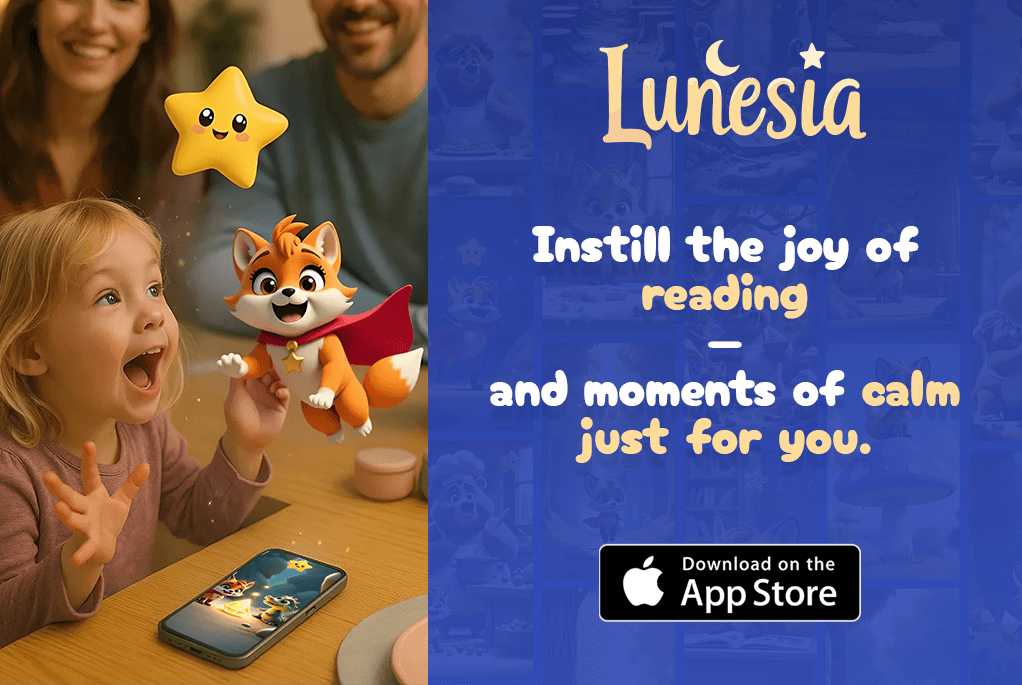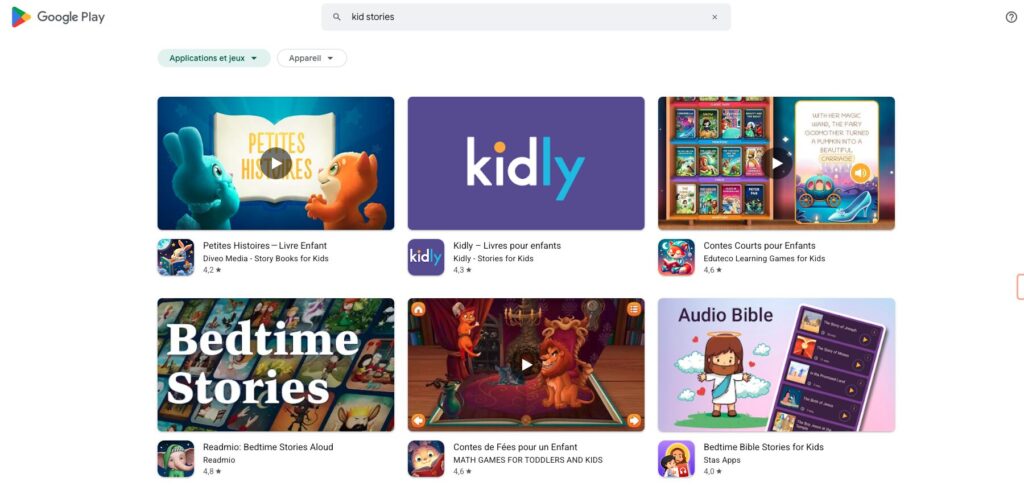Remember the joy of flipping through a colorful picture book as a child? Today, digital storytelling has transformed that experience, making it more interactive and accessible than ever. Whether you’re a parent or educator, finding the right tools to engage young readers is essential.
Modern media and innovative design have revolutionized how we share and consume stories. Platforms like Shorthand have set the bar high with immersive projects that captivate both children and adults. These tools combine content, visuals, and interactivity to create unforgettable reading experiences.
In this guide, I’ll walk you through the top options available. From user-friendly libraries to creative features, you’ll discover how these platforms can inspire a love for reading in children. Let’s explore together and find the perfect fit for your little ones!
Understanding the Evolution of Digital Storytelling
From static pages to immersive experiences, digital storytelling has evolved dramatically. It’s a journey marked by creativity, technology, and a deep understanding of how readers engage with content. Let’s take a closer look at how this transformation unfolded.
Historical Milestones and Innovations
In the early days, digital storytelling was limited to basic text and images. The web was slow, and design options were minimal. Over time, advancements in technology paved the way for more dynamic experiences. Companies began investing in bespoke web design, setting the stage for today’s interactive media.
One of the most significant milestones was the rise of immersive projects. These projects combined content, visuals, and interactivity to create unforgettable experiences. They showed the world what was possible when creativity met technology.
The Impact of Immersive Projects like Snow Fall
A prime example of this evolution is Snow Fall, a Pulitzer Prize-winning project by The New York Times. This groundbreaking piece of digital storytelling took months to develop and showcased the potential of immersive media. It blended text, video, and animations to tell a compelling story.
Projects like Snow Fall demonstrated how publishing could go beyond traditional formats. They inspired a new wave of storytelling that prioritizes engagement and interactivity. Today, these innovations are accessible to more creators, thanks to modern tools and platforms.
The journey of digital storytelling is far from over. As technology continues to evolve, so too will the ways we share and experience content. It’s an exciting time to be part of this ever-changing landscape.
Key Features of Leading Digital Storytelling Platforms
In the world of digital storytelling, certain features set the best platforms apart. These tools combine creativity, interactivity, and ease of use to create unforgettable experiences. Let’s dive into what makes them stand out.
Scrollytelling and Native Animation
One of the most engaging features is scrollytelling. This technique uses scroll-triggered animations to bring content to life. As readers scroll, images, text, and effects unfold seamlessly, creating a dynamic narrative.
Native animation takes this a step further. It allows creators to add smooth, immersive visuals without complex coding. These animations make stories more captivating, keeping readers hooked from start to finish.

No-Code Publishing and Responsive Design
Another standout feature is no-code publishing. Platforms like Shorthand empower creators to build sophisticated stories without technical expertise. This opens up storytelling to everyone, from educators to marketers.
Responsive design ensures your story looks stunning on any device. Whether it’s a smartphone, tablet, or desktop, the content adapts perfectly. This flexibility is crucial for reaching a wider audience.
These features make modern digital storytelling platforms powerful tools for creators. They combine ease of use with stunning visuals, ensuring every story leaves a lasting impression.
Evaluating Cost and Accessibility in Storytelling
When it comes to sharing stories, cost and accessibility play a huge role in choosing the right medium. Whether you’re a parent, educator, or marketer, understanding the financial and logistical aspects of publishing can help you make smarter decisions. Let’s dive into the key differences between digital and print models.
Digital Versus Print Publishing Models
Digital storytelling platforms have revolutionized how we share content. Unlike traditional print, these tools eliminate the need for paper, printing, and distribution costs. For example, platforms like Lulu offer transparent pricing models, making it easier to calculate expenses upfront.
Print publishing, on the other hand, involves higher overheads. From paper quality to shipping fees, every step adds to the total cost. This can limit how often you publish or experiment with new ideas. Digital platforms, however, allow for more frequent updates and creative freedom.
Another advantage of digital storytelling is its accessibility. Responsive design ensures your content looks great on any device, from smartphones to desktops. This flexibility helps reach a wider audience, increasing engagement and impact.
Marketing teams also benefit from digital platforms. With affordable pricing strategies, they can launch engaging campaigns without heavy investments. Quick turnaround times and easy updates make it a practical choice for modern companies.
In summary, digital publishing offers a cost-effective and accessible alternative to traditional print. By leveraging these tools, you can focus on creating meaningful content without breaking the bank.
Creating Interactive and Engaging Story Content
Engaging young minds requires more than just words on a page—it’s about creating an immersive experience. By blending multimedia elements and interactive techniques, you can captivate children and make learning fun. Let’s explore how to craft stories that truly resonate.

Integrating Multimedia Elements
Adding video, audio, and images can transform a simple story into a rich, engaging experience. For example, interactive maps or animated characters can bring a narrative to life. These elements not only hold a child’s attention but also make the content more memorable.
Consider using tools like Shorthand or Klynt, which allow seamless integration of multimedia. These platforms make it easy to combine text with visually arresting media, ensuring your story stands out.
User Engagement Strategies for Children
Keeping children engaged requires creativity. Interactive features like quizzes, clickable elements, or game-like challenges can make the experience more dynamic. Encourage participation by letting them make choices within the story, fostering a sense of involvement.
Here’s a quick guide to effective engagement strategies:
- Use video to explain complex ideas simply.
- Incorporate audio for auditory learners.
- Add images to break up text and maintain interest.
Successful projects like Snow Fall by The New York Times show how combining text with multimedia can create a lasting impact. By following these tips, you can craft stories that captivate both children and their parents.
| Feature | Benefit |
|---|---|
| Video Integration | Enhances understanding and retention |
| Interactive Quizzes | Boosts engagement and participation |
| Audio Narration | Supports auditory learners |
By focusing on these strategies, you can create stories that are not only informative but also enjoyable. The key is to balance creative design with a strong narrative flow, ensuring your content leaves a lasting impression.
Designing On-Brand and Visually Appealing Stories
Crafting a story that feels personal and on-brand starts with thoughtful design. Whether you’re creating content for children or a broader audience, consistency in visuals is key. It’s what makes your story memorable and relatable.
Custom themes are a game-changer. They allow you to tailor your digital storytelling to reflect your brand’s identity. Tools like Canva and Adobe Spark make it easy to create cohesive visuals, ensuring every page feels like part of the same journey.
Why Consistent Branding Matters
Consistent branding isn’t just about logos or colors—it’s about creating a unified experience. Studies show that consistent branding can increase recognition by up to 80%. When your audience sees familiar design elements, they feel a stronger connection to your story.
Here’s how to achieve visual consistency:
- Color: Choose a palette that reflects your brand’s personality.
- Typography: Use fonts that are easy to read and align with your brand’s tone.
- Imagery: Select visuals that complement your narrative and resonate with your audience.
Using Templates for Efficiency
Custom templates are a lifesaver for maintaining consistency across multiple projects. They save time and ensure every story aligns with your brand’s look and feel. Platforms like Shorthand offer pre-designed templates that you can customize to fit your needs.
For example, a company like Warby Parker uses consistent visuals across their digital storytelling to reinforce their brand identity. Their use of clean design and relatable imagery makes their content stand out.
By focusing on these elements, you can create stories that are not only visually appealing but also deeply connected to your brand. It’s a win-win for both you and your audience.
Utilizing Tools and Templates for Digital Storytelling
Designing captivating digital stories has never been easier, thanks to modern tools and templates. Whether you’re a seasoned designer or a beginner, these resources can help you create engaging content without the need for technical expertise. Let’s explore how you can leverage these tools to bring your ideas to life.
Leveraging Design Tools like Canva and Adobe Spark
Canva and Adobe Spark are two of the most popular tools for creating visually stunning stories. Canva offers a wide range of templates for social media posts, infographics, and presentations, making it accessible for non-designers. Adobe Spark, on the other hand, is ideal for smaller, visual projects that require a polished look.
Both platforms empower you to design interactive content without coding. With drag-and-drop features, you can easily customize layouts, add multimedia elements, and ensure your story stands out. These tools are perfect for creating a cohesive experience that resonates with your audience.
The Benefits of Predesigned Templates
Using predesigned templates can save you time and ensure consistency across your projects. Platforms like Canva and Adobe Spark offer a variety of options, from social media graphics to full-length presentations. These templates are fully customizable, allowing you to tailor them to your brand’s identity.
For example, a company like Warby Parker uses consistent visuals across their digital storytelling to reinforce their brand identity. By leveraging templates, they maintain a unified look and feel, making their content instantly recognizable.
Real-Life Examples of Effective Tool Use
One standout example is The New York Times’ Snow Fall project, which combined text, video, and animations to create an immersive story. While this project required significant resources, tools like Canva and Adobe Spark make similar techniques accessible to everyone.
Another example is the use of interactive timelines created with Timeline JS. This tool allows you to layer multimedia elements on a timeline, making complex information easy to understand. These examples show how effective tool use can elevate your storytelling.
Integrating Design Tools with Storytelling Platforms
Many digital storytelling platforms integrate seamlessly with design tools like Canva and Adobe Spark. This integration streamlines your workflow, allowing you to focus on creativity rather than technical details. For instance, you can design visuals in Canva and import them directly into your website or platform of choice.
By combining these tools, you can create stories that are not only visually appealing but also deeply engaging. It’s a win-win for both you and your audience.
Navigating Challenges in Self-Publishing and Digital Storytelling
Self-publishing and digital storytelling bring incredible opportunities, but they also come with unique challenges. Whether you’re a first-time author or an experienced creator, understanding these hurdles can help you prepare and succeed. Let’s dive into the most common issues and how to tackle them effectively.
Technical and Editorial Support Essentials
One of the biggest challenges in self-publishing is managing technical glitches. From formatting errors to software crashes, these issues can disrupt your work. That’s why having robust technical support is crucial. Platforms like Shorthand, for example, are praised for their responsive helpdesk, as highlighted in G2 reviews.
Editorial support is equally important. Even the most compelling story can fall flat without proper editing. Consider hiring a professional editor or using tools like Grammarly to polish your content. Remember, quality editing enhances your credibility and ensures your message resonates with readers.
Addressing Platform Limitations and Finding Solutions
Every storytelling platform has its limitations. Some may lack advanced features, while others might have steep learning curves. To overcome these, evaluate your needs before choosing a tool. Look for platforms that offer flexibility and scalability, allowing you to grow as your skills improve.
If you encounter platform-specific issues, don’t hesitate to explore troubleshooting guides or community forums. Many companies provide detailed information on resolving common problems. For instance, if you’re struggling with embedding multimedia, check the platform’s tutorials or reach out to their support team.
Balancing creative freedom with technical support is key. While it’s tempting to focus solely on the creative side, investing time in understanding your platform can save you headaches later. By addressing challenges proactively, you can focus on what truly matters—telling your story.
Discover the Best Story Platforms
Finding the right tools to share stories can make all the difference. Whether you’re a parent, educator, or marketer, the right platform can transform your content into an engaging experience. Let’s explore some of the top options that have proven their worth in the world of digital storytelling.
Take BBC, for example. They’ve used platforms like Shorthand to create immersive projects that captivate audiences. Their interactive storytelling blends text, visuals, and multimedia to deliver unforgettable experiences. Similarly, Tripadvisor and Penguin have leveraged these tools to enhance their marketing and engage their readers on a deeper level.
Here’s what makes these platforms stand out:
- Ease of Use: No coding required, making it accessible for everyone.
- Multimedia Integration: Combine text, video, and audio seamlessly.
- Responsive Design: Ensures your digital story looks great on any device.
One of the best ways to choose the right storytelling platform is to try it out. Many platforms offer free trials, allowing you to test their features risk-free. This hands-on approach helps you decide which tool aligns with your needs and goals.
By exploring these platforms, you’ll discover how they can elevate your content and create meaningful connections with your audience. Whether you’re crafting a story for children or a marketing campaign, these tools empower you to share your message in a way that resonates.
Conclusion
The world of sharing narratives has evolved dramatically, offering endless possibilities for creativity. From immersive digital storytelling to cost-effective publishing, the tools available today empower you to craft engaging experiences without technical expertise.
Design and accessibility are key. Modern platforms ensure your story looks stunning on any device, while no-code features make it easy to bring your ideas to life. Whether you’re a parent, educator, or marketer, these tools are designed to support your journey.
Take the first step today. Explore these resources, experiment with their features, and share your unique voice. The power of storytelling is at your fingertips—embrace it and create something unforgettable.
FAQ
What are the best platforms to read stories to children?
Some of the top options include Epic!, Amazon Kindle Kids Edition, and Audible. These platforms offer a wide range of age-appropriate content with engaging features like animations and audio narration.
How has digital storytelling evolved over time?
Digital storytelling has grown from simple text-based pages to immersive experiences like Snow Fall by The New York Times. Innovations in scrollytelling, native animation, and multimedia integration have transformed how stories are told and consumed.
What features should I look for in a storytelling platform?
Key features include responsive design, no-code publishing, and custom themes. Platforms that support multimedia elements like video and audio can make stories more engaging for children.
Is digital storytelling more cost-effective than print publishing?
Yes, digital publishing often reduces costs related to printing, distribution, and storage. However, initial investments in design tools and platform subscriptions may be required.
How can I make stories more interactive for kids?
Incorporate videos, animations, and interactive quizzes. Use user engagement strategies like gamification to keep children interested and involved in the content.
What tools can I use to design visually appealing stories?
Tools like Canva, Adobe Spark, and Figma are great for creating custom designs. These tools offer templates and features to help you maintain consistent styling and on-brand visuals.
What challenges might I face in self-publishing digital stories?
Common challenges include technical limitations, editorial support, and platform restrictions. Solutions include using no-code platforms and seeking professional guidance for design and content creation.
Are there platforms that offer free templates for storytelling?
Yes, platforms like Canva and Adobe Spark provide free templates. These can help you create professional-looking stories without needing advanced design skills.
How do I choose the right storytelling platform for my needs?
Consider factors like cost, ease of use, features, and target audience. Test a few platforms to see which one aligns best with your goals and resources.




